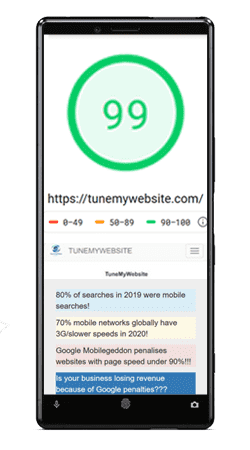Business News - Once every few minutes, sometimes even seconds, news, pictures, or clips appear in the newsfeed of your own social network. Headlines are read briefly, articles up to a point, clips watched for a few seconds.
Social networks are information spaces where opinions can be formed and shared within seconds. But how to orient ourselves in the flow of information and news that comes upon us day by day? Which news is real, which is fake, and which is a mere expression of opinion? These are part of the questions that are asked in one way or another repeatedly in topical discussions on the topic of fake news.
Fake news is intentionally false information that is distributed for a specific purpose. Often in the same context as fake news, the term "filter bubble “appears. Search engine and social media algorithms frequently present us with information like what we have seen before. Thus, users receive content that corresponds to their opinions or habits. The real effect of filter bubbles, however, is disputed. There are conflicting reports and studies about the advantages and disadvantages presented by filtering algorithms for users.
Business News
The possible extent of fake news was proved by a selfie depicting a refugee with German Chancellor Angela Merkel. The image went around the world, but while the initial Facebook post received around 13,000 reactions, the fake news that portrayed the refugee as a terrorist and framed the photo in a fake context received almost double the number of reactions.
Social media users contribute to spreading such fake news by distributing it without prior verification. The speed with which information spreads and remains present is underestimated in social networks, and not just by young people.
Projects by Business News
For example, a project by Nils Holgersson Elementary School shows the extent to which only one post on Facebook can propagate in the virtual environment. The fourth grade of the school had the curiosity to find out how quickly an image can be scattered on social networks and ventured to do an experiment: they urged through a Facebook post user to share the image taken by them. In a very short time, the image was shared more than 123,000 times.
Compliance with the journalistic principles of information offers is not being thoroughly monitored now in virtual environments. But there are several efforts on the part of the German government aimed at combating and regulating fake news or hateful comments. In any case, possible criminal measures can already be appealed, for example, when a message shared on social networks meets the criteria for framing a criminal act such as slander or defamation.
Implications of Business News
But what implications does all this have on my personal newsfeed? In digital times, as in analogy times for that matter, the principle applies: who wants to be well informed, must consult as much as possible several sources independent of each other and not just let social networks "provide" him with the desired information. Also of great help are the reporting options of various social networks, through which they can be alerted about fake news. In addition, the appeal that is made permanently to users not to spread the fake news further remains valid.
It is not always easy to distinguish truth from fiction. We should set ourselves as a goal the correct classification of the multitude of Information, various sources, and different purposes of users of social networks. The following seven tips can be helpful in detecting fake news.
